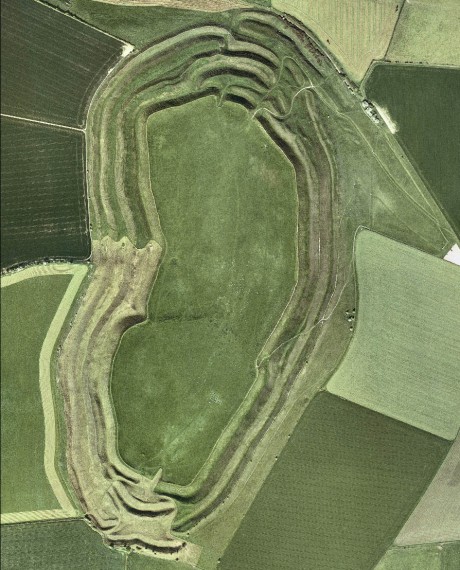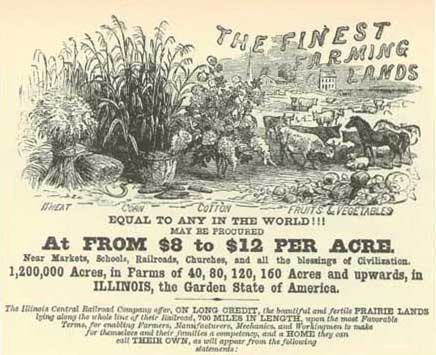From Wild West to North West: Reconstituting agrarianism July 12, 2013
Posted by jennibarrett in Uncategorized.Tags: agrarian, architectural education, landscape, landscape urbanism, urbanism
1 comment so far
The agrarian ideal offers speculation relating to how we can propagate, feed and reap the rewards of new society. It is unsurprising then, that this ideal stems from a Fenland vision, transplanted by pioneers and speculators to the New World. Flourishing as the American Dream in a landscape of constitution, agrarianism became the fertile bract of the moral and ethical roots of the United States. It was manifested in plan form in William Penn’s Philadelphia (1683) and progressed by visionaries such as Lloyd Wright (Broadacre City, 1934), Henry Dreyfuss (Democracity, 1939) and Ludwig Hilbersheimer (The New Regional Pattern, 1944-49). The theme has been explored in the technological age by Branzi (Agronica, 1993-94) and MVRDV, notably Pig City (2001). More contemporary dalliances with agrarianism deconstruct the ideal to mere visions of food production via urban agriculture, which, though valuable contributions to the ‘problem’ of urban landscape, dilute the politically and socially reformative capacity of the agrarian vision. This is achieved at the local scale (e.g. Bronx Public Farm & Orchard, Alexondros Arlonitis, 2008) or as strategic approaches to productive use of urban landscape (Continuous Productive Urban Landscape, Bohm & Viljoen,2005). Meanwhile, Duany Plater Zyberk have echoed Lloyd Wright’s US focussed, regional planning approach in their published advocacy of ‘agrarian urbanism,’ though economically, socially and aesthetically naïve in outcome.
Meanwhile, all is not quiet on the Preston front. We struggle to reconcile a definition of ‘agrarianism’ and further to perceive it within an English rural arcadia which bears the weight of production to support a hungry urban reality. Our kingdom was never united. We represent a reconstitution of the Picts and the Punjabi; of empire and devolution; of gangs and ghettos. From this arises a culture of the land with relict tribal rituals and diverse dialect – of spirit and memory. Hence, the agrarian ideal can only ever impose uncomfortably upon British soil. Instead, we need to grow our vision of the future from the landscape, the land that we have ‘scaped’ for ourselves over millennia.

Maiden Iron Age Hill Fort, Dorset
Source: Dorset AONB
The term ‘landscape’ derives from the Dutch ‘landschap’, the suffix deriving from ‘ship,’ holding the same root as ‘partnership’ or ‘kinship’ suggested a living and layered state of being which causes us to be hefted to the land. It is layers, not plans, that we must understand if we are to solve and envision a sustainable urbanism . We have an exciting opportunity to welcome the new American settlers of ‘agrarianism,’ ‘new urbanism,’ ‘ecological urbanism’ and ‘landscape urbanism’ back home and reconstitute them to bear relevance here. Architectural education must embed internationally transferable skills in understanding how ideas of landscape and place can contribute to a whole infrastructure which fuels and shapes architecture and urbanism, using their immediate regions; its metropolises and their hinterlands, as the field of operation.
